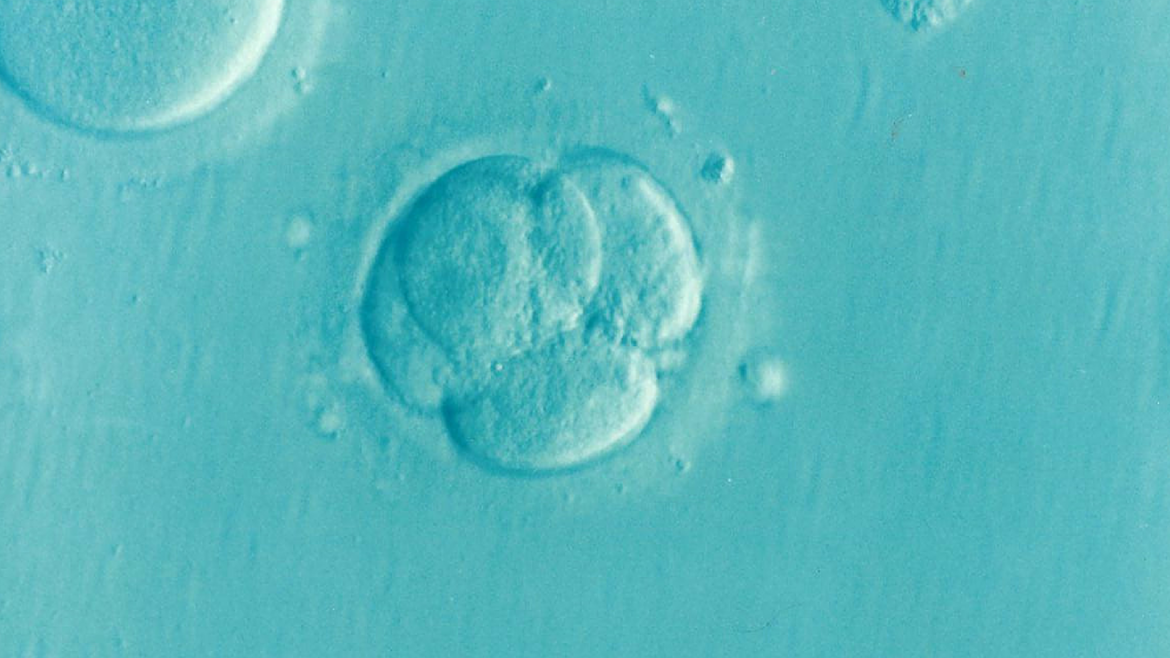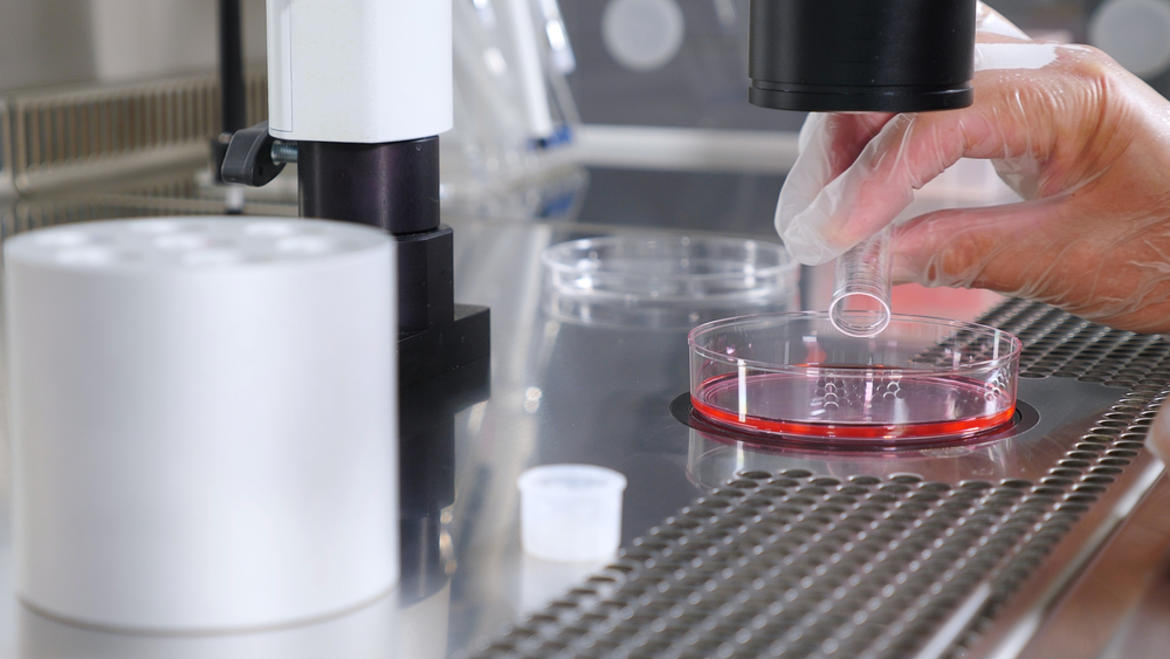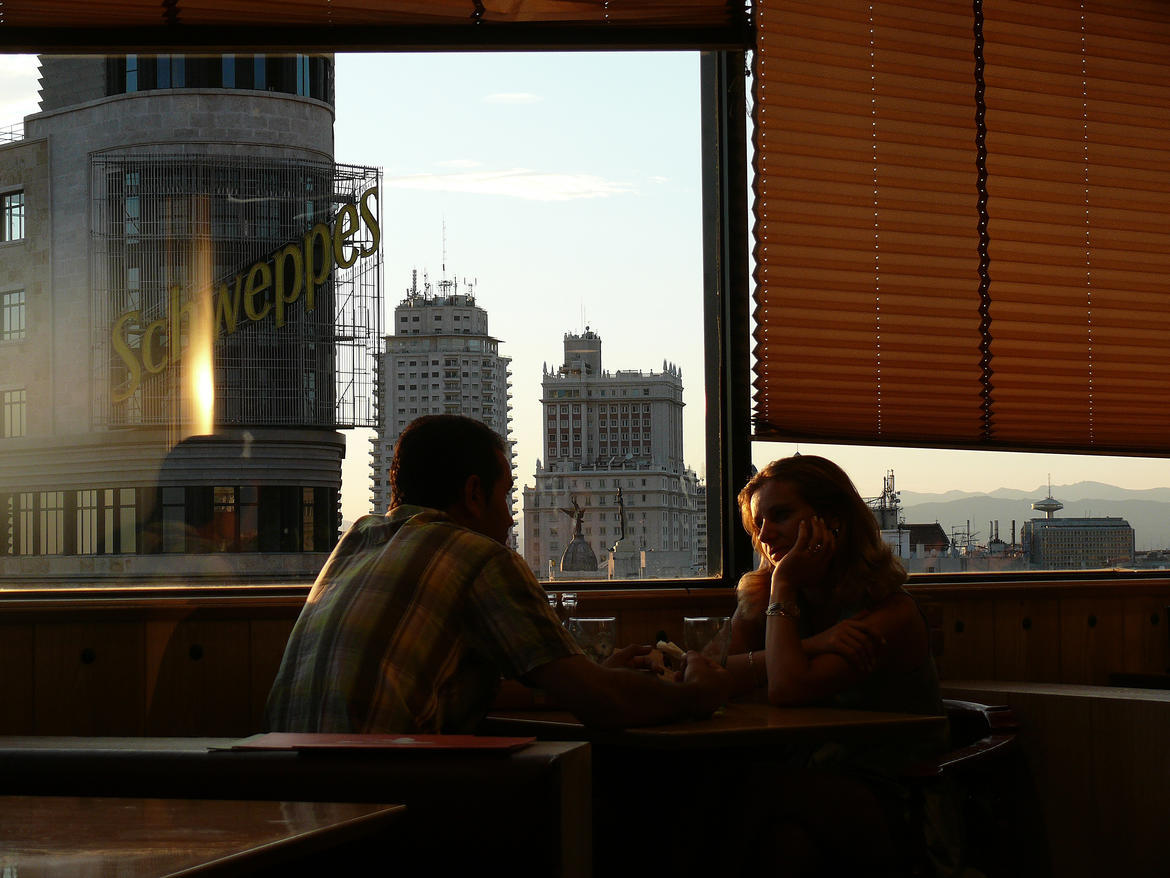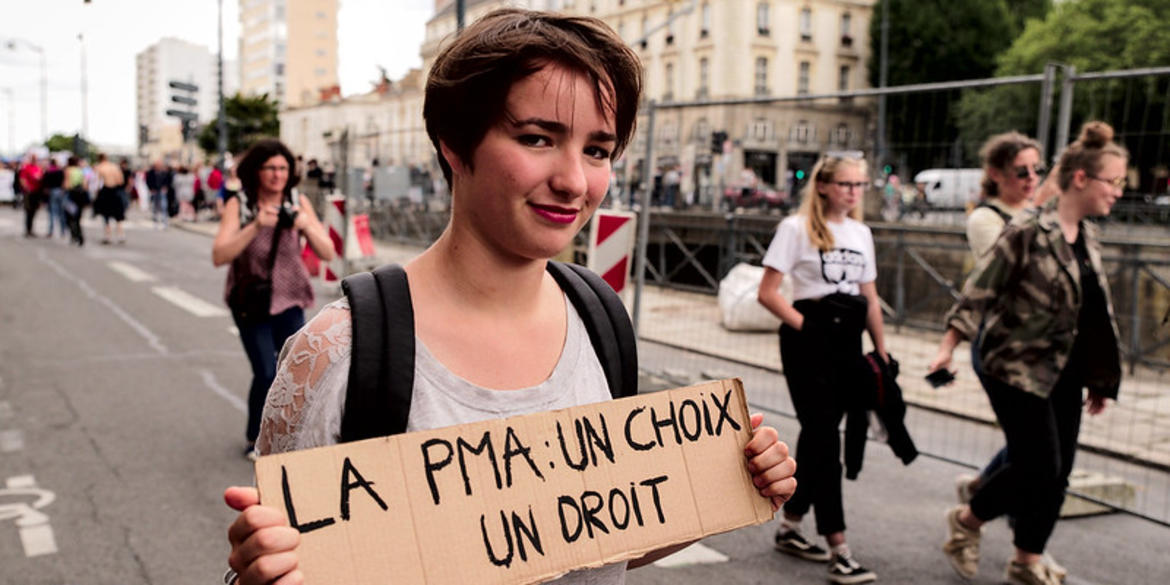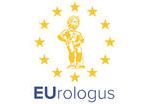Access to assisted reproduction in Europe
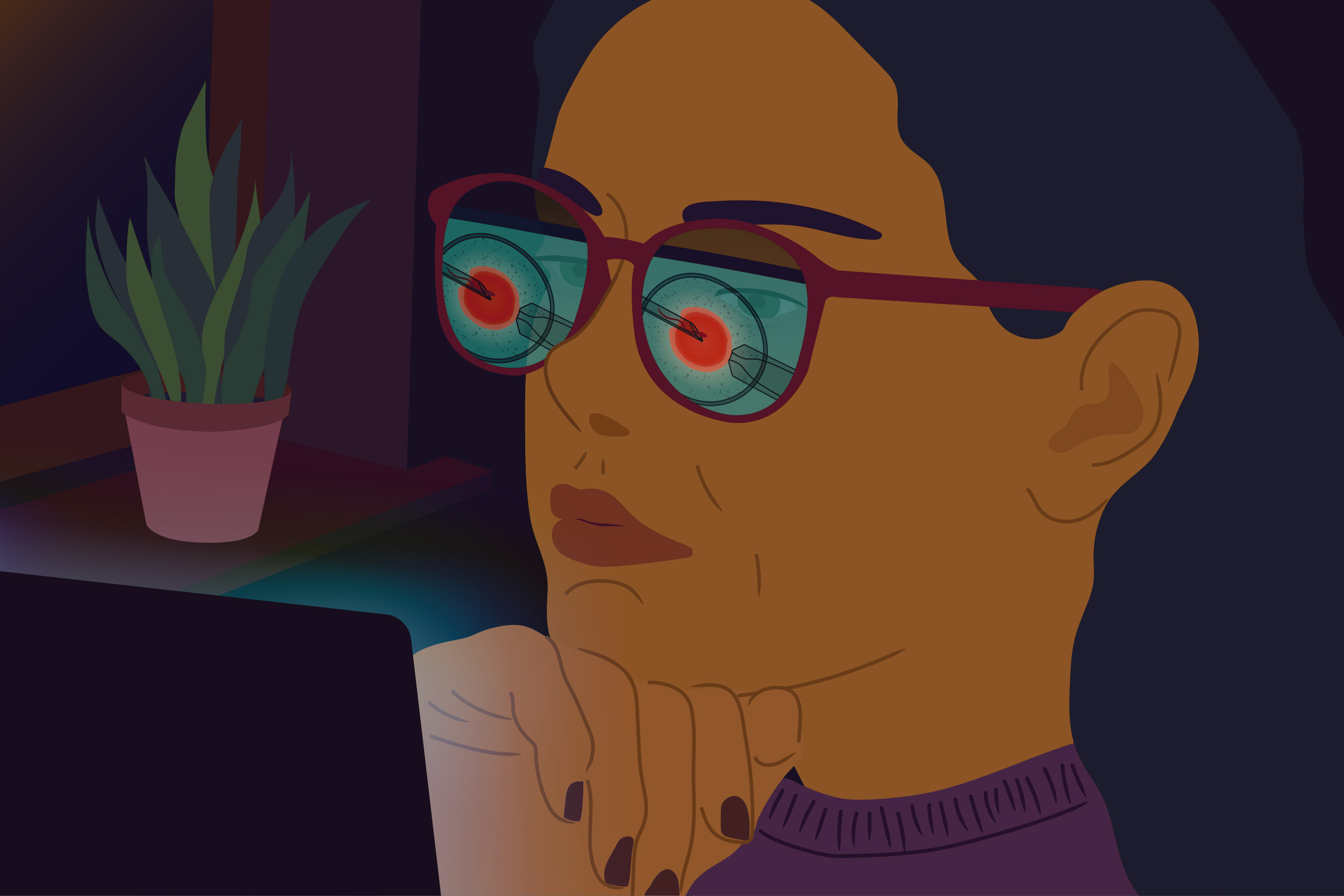
ART_by-UnaRebic_1200x800px
Illustration by Una Rebić/Pod črto
There are countries in Europe where babies born with assisted reproductive techniques (ART) are between 5 and 8 percent of the total. Such figures tell us that the issue affects hundreds of thousands of people in Europe every year, considering the families involved and the duration of treatments that, depending on cases, can last years – and are not always successful.
Yet, not much is known about the state of ART in different European countries, as little to no comprehensive overview is available. That’s why one of EDJNet’s data units engaged in an investigation, led by Civio, which tackles one of the key aspects of the problem: access to treatments. The investigation looked into what the legislation of 43 European countries says about legal access to treatments, and into the costs and coverage of treatments by public health services. In some cases, couples or women have to resort to the so-called “reproductive tourism”.
Main findings:
- Differences in access to ART across Europe are large. Yet common European norms ensuring access to ART and fighting discriminations are not in sight, since the EU has essentially no jurisdiction on these matters and political and cultural sensitivities are still very different. Sometimes there are even serious differences within a single country, such as in the United Kingdom, Italy and Spain.
- The only legal barrier for heterosexual couples, in most cases, is age. The ceiling for women is around 50 years in most European countries. No country except for France puts a legal age limit for men, despite the fact that half of the problems of couples who seek ART are from the male partner.
- Legal barriers prevent LGBTIQ+ people from accessing ART in a number of countries. For instance, 24 European countries ban access to ART for female couples. The situation is even harder for trans and intersex people.
- The lack of public funding is one the biggest issues with access to ART in Europe. Countries such as Ireland and Switzerland do not cover ART techniques at all, while others pay only part of it.
- Waiting lists are the main problem with publicly funded ART, since they are years-long in many countries. For instance, there are 5- to 10-years-long waiting lists in Hungary. In many countries, public funds cover only a maximum number of attempts. In some countries, publicly funded ART comes with additional barriers, such as not exceeding a certain weight or not having previous children.
- Some 5% of European fertility care involves crossborder travel. The most popular European destinations are Spain, Czechia, Denmark and Belgium. In 2019, for example, Spanish fertility clinics carried out 18,457 treatment cycles for people from abroad, while Denmark performed 22% of their treatments for international patients.
- The most common reason for travelling abroad is the legal limits imposed in the couples’ or woman’s home countries. Other reasons include the long waiting lists, the need for higher quality or cheaper healthcare, and a desire for anonymous donations.
- Spain and Greece are the European countries in which more children are born thanks to assisted reproduction procedures, surpassing 7% of the total number of newborns.
Stories
In addition to economic or altruistic motivation, anonymity plays a key role in egg or sperm donation, although an increasing number of countries require disclosure of donor identities.
March 3, 2022
Erika and her husband have tried in-vitro fertilisation four times since 2017, but after two implantations without success they had enough of the overworked Hungarian healthcare system and decided to try their luck abroad. They have never regretted their decision.
February 15, 2022
Many autonomous communities are not providing the bare minimum of provision in Spain’s health service and are using stripped back services, age limits and imposing fees in order to avoid providing the service.
María Álvarez Del Vayo, Eva Belmonte, Ángela Bernardo, Carmen Torrecillas, Olalla Tuñas, Miguel Ángel Gavilanes
November 29, 2021
Barriers in many European countries push thousands of people abroad to access assisted reproductive technology techniques. In some cases, they take out huge loans to pay for the treatments.
November 10, 2021
The situation is much more difficult for trans and intersex people. In addition to the legal barriers, they face economic stumbling blocks: most public health systems cover only part of the costs or have very long wait lists or narrow access criteria.
November 2, 2021
Introduced in Spain over 40 years ago, ART has allowed hundreds of thousands of infertile couples to have children. The regulation varies significantly among EU countries.
October 23, 2019
The data unit

Eva Belmonte (Civio, coordinator)
is a Spanish journalist expert in investigating and processing public information and data. She designs, develops and edits all of Civio’s projects. In 2019 Eva was awarded a Data Journalism Award for her personal portfolio.
EDJNet members which took part in this investigation:
From our podcast Uncharted Europe
Media uptakes
From EDJNet members:
- Voxeurop (France), How does ART work in Europe , 24/10/2019
- El Confidencial (Spain), La trampa de los tratamientos de fertilidad en Europa: cómo dejan fuera a miles de mujeres , 02/11/2021
- Capital (Bulgaria), Над 50% от страните в Европа забраняват достъпа до асистирана репродукция за ЛГБТ общността, почти 1/3 – за самотни жени , 06/11/2021
- Euractiv Italia (Italy), Fecondazione assistita, in Europa rimangono molte barriere per donne single e omosessuali , 08/11/2021
- El Confidencial (Spain), España, meca del turismo reproductivo de la UE para conseguir quedarse embarazada , 10/11/2021
- El Orden Mundial (Spain), Vetos a mujeres solteras, lesbianas o trans: qué hay detrás del turismo reproductivo en Europa , 10/11/2021
- El Confidencial (Spain), La odisea de acceder a la reproducción asistida pública según donde vivas , 16/11/2021
- BIQdata (Poland), Europejskie granice in vitro. Nie dla samotnych i par jednopłciowych. Ale nie wszędzie , 22/11/2021
- Voxeurop (France), The meccas of reproductive tourism in Europe , 22/11/2021
- Voxeurop (France), Assisted reproduction in Europe: an obstacle race for lesbian couples and single women , 02/12/2021
- H-Alter (Croatia), Za lezbijske parove – zabranjeno , 21/12/2021
- OBC Transeuropa (Italy), Procreazione assistita in 43 paesi europei: non per tutti , 23/12/2021
- Openpolis (Italy), La procreazione assistita in Europa , 02/03/2022
External:
- El Diario (Spain), “Son hombres de otra época”: pelea política en Francia por la ampliación de la reproducción asistida a mujeres solteras y lesbianas , 05/02/2021
- La Marea (Spain), La mitad de Europa prohíbe el acceso a la reproducción asistida a lesbianas , 02/11/2021
- Oveja Rosa (Spain), Lesbofobia. En más de la mitad de países europeos las lesbianas no pueden embarazarse , 03/11/2021
- Internazionale (Italy), Le disuguaglianze europee nella procreazione assistita , 17/11/2021
- Reuters (UK), Lesbian and trans Spaniards celebrate IVF equality , 22/11/2021
- Cadena SER (Spain), Si quieres ser madre, no esperes al príncipe azul , 11/12/2021
- Agencia SINC (Spain), Salud reproductiva: una brecha que aún divide Europa , 14/12/2021
- La Sexta (Spain), Salud reproductiva: una brecha que aún divide Europa , 14/12/2021
- Ethic (Spain), Salud reproductiva: una brecha que aún divide Europa , 15/12/2021
- La Voz del Sur (Spain), Andalucía es una de las comunidades que pone más trabas a la reproducción asistida , 19/12/2021
- RTP (Portugal), La buena tarde (podcast episode), 20/12/2021
- Slobodna Dalmacija (Croatia), Heteroseksualni parovi mogu ići na potpomognutu oplodnju, ali je ona za lezbijke u Hrvatskoj zabranjena. Stoga ih se ‘sili‘ da nađu muškarca, upuste se u avanturu i – zatrudne , 24/12/2021
- El Pais (Spain), Reproducción asistida pública en España: ¿tarde, mal o nunca? , 19/01/2022
- El Diario (Spain), Luces y sombras del plan Ayuso sobre reproducción asistida , 15/02/2022
- El Correo (Spain), Embriones que hacen las maletas , 01/04/2022

